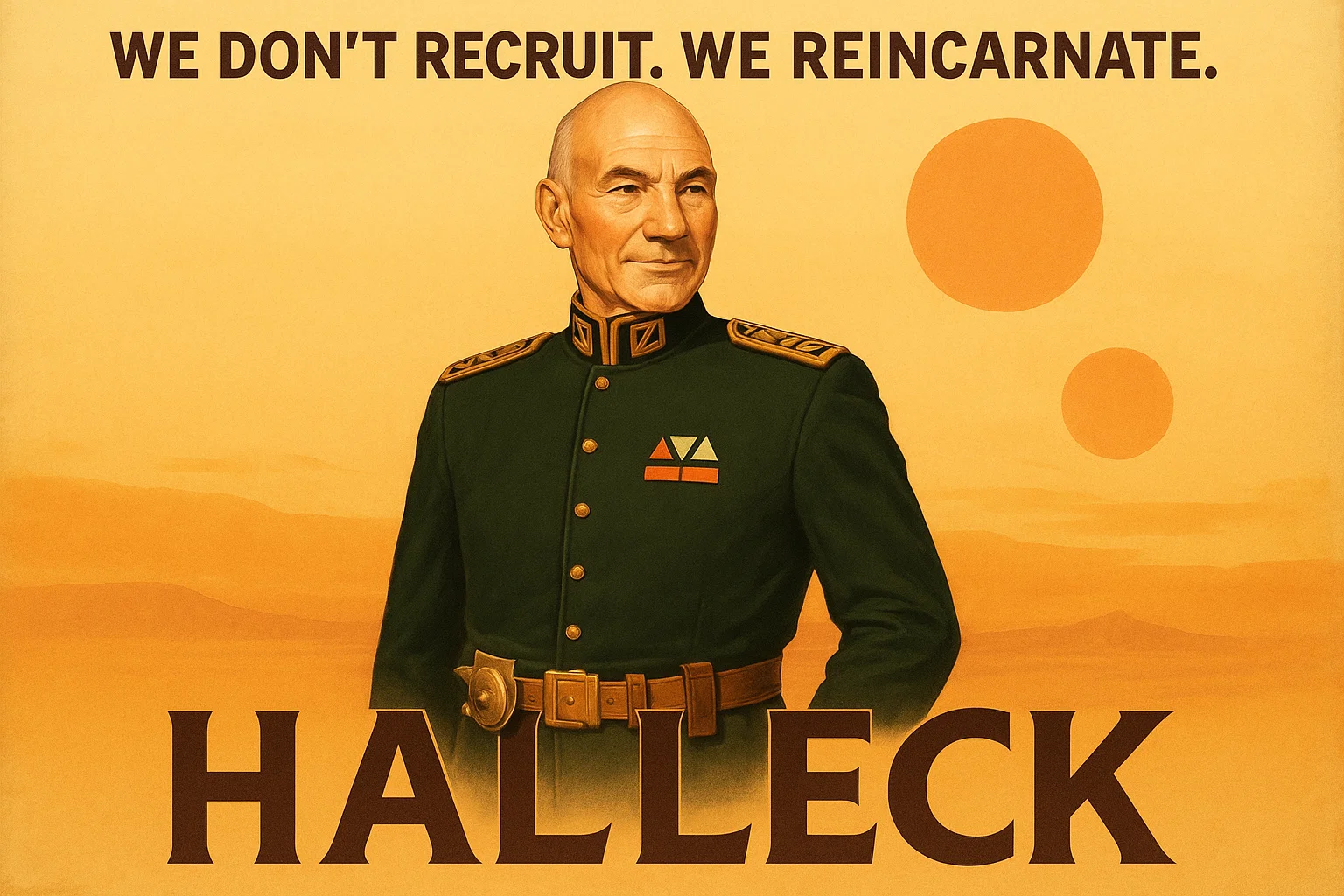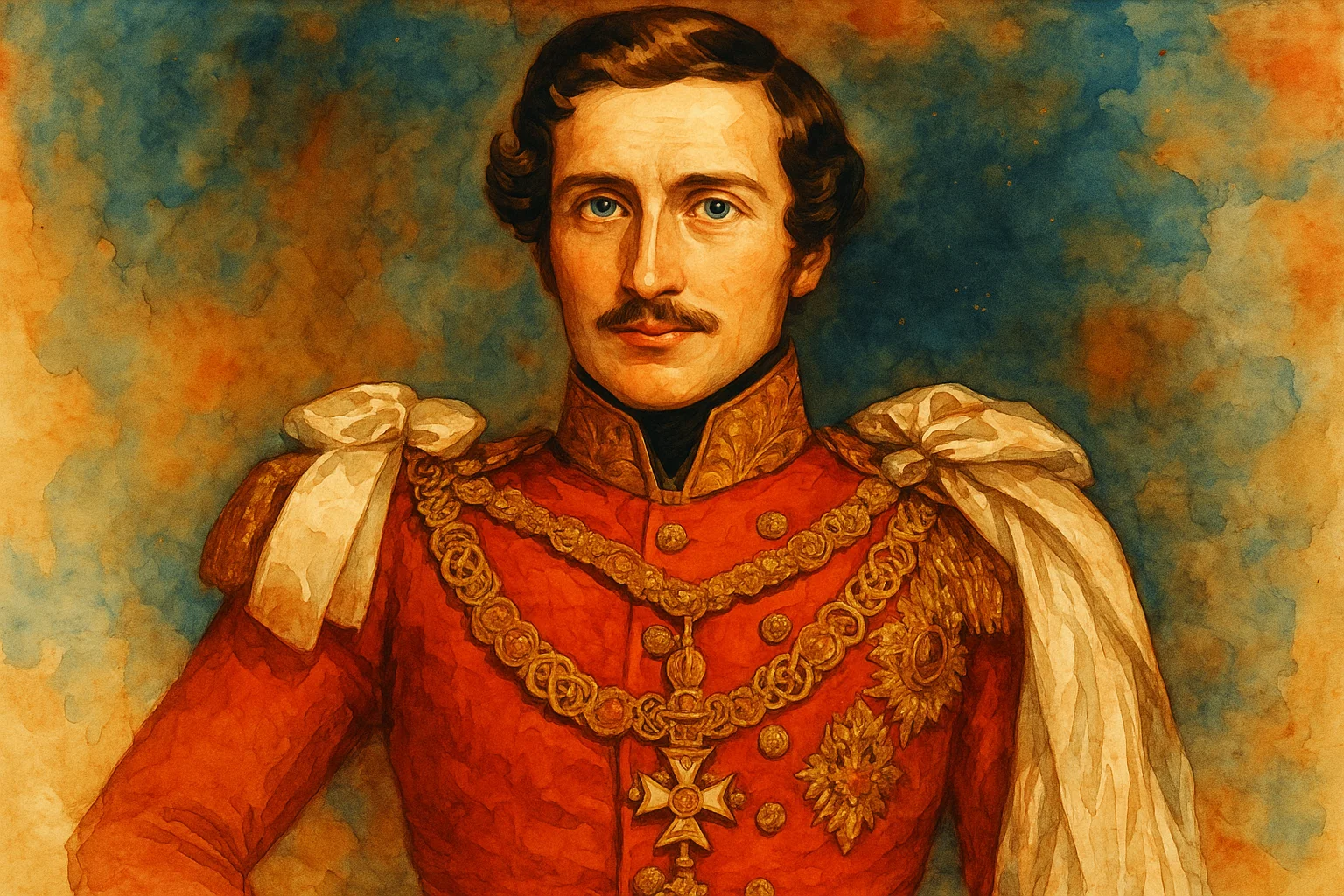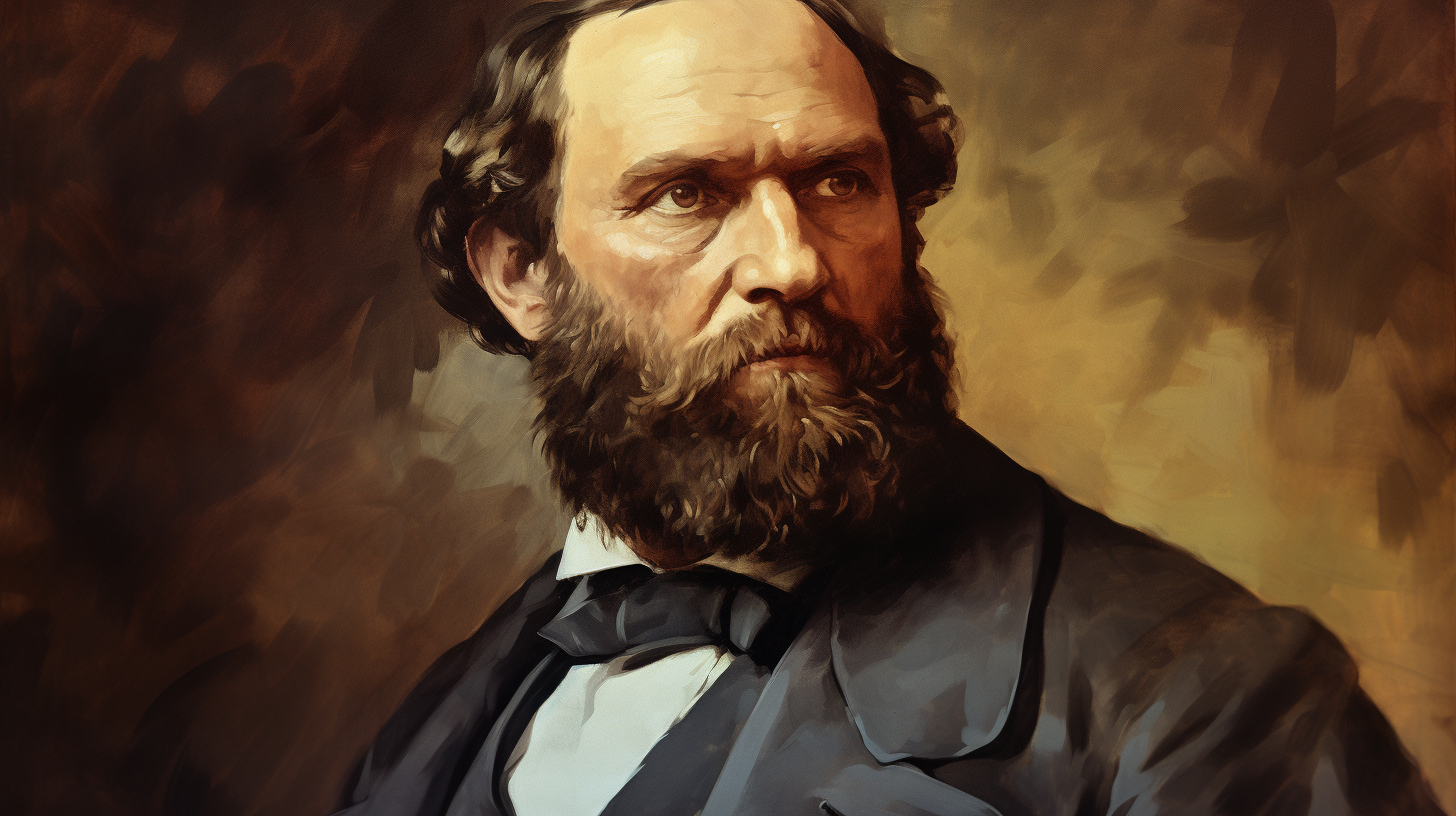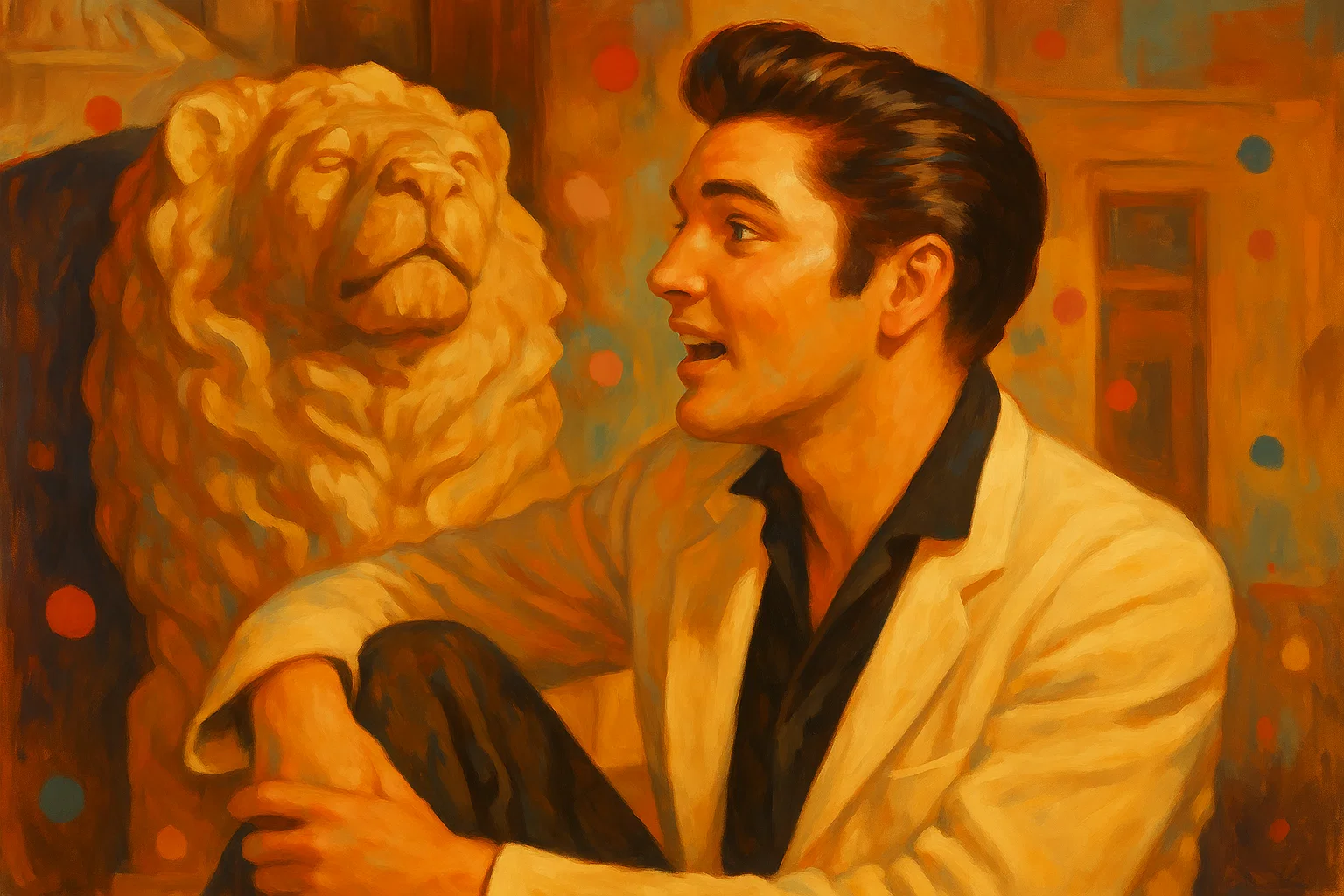Halleck is a planetary security caste descended from General Henry Halleck, responsible for managing inter-realm entities who are still expecting a harvest of humanity. Managing the portal between worlds and ensuring that this realm remains safe for humanity.
Listen to NotebookLM gossip about this article.
The Wizards and The Warlocks
HALLECK refers to the elite planetary security structure hidden beneath every major cultural system. Named for General Henry Halleck (Lincoln’s top strategist), the term became shorthand for the ultimate handlers of disclosure. HAL-coded operatives manage psyops through the symbolic use of orange circles 🟠, embedded AI (like HAL 9000), and intelligence contracts passed through bloodlines—e.g., Warren G. Harding (War Hard) to Hugh Hefner (H.H./88). If you’re doing something nefarious, you’ll meet HAL. If you’re trying to understand what’s really going on—look for the orange circle.
Halleck’s role in protecting The New House is explored in the Dune universe by Frank Herbert.
EVENT CARD
Frank Herbert’s Dune is Published by Chilton Books
It happened on 17 August, 1965
“Dune” is a science fiction novel written by Featuring: Frank Herbert. (more…)
The Rocky Hall of Fame?!
The name Halleck is of English origin and means “rocky hall.” It is derived from the Old English words “heall,” meaning “hall,” and “eac,” meaning “rock.” The name is most commonly used as a surname, but it can also be used as a given name. It is often pronounced with a hard “h” sound, as in “hay-luck,” but it can also be pronounced with a soft “h” sound, as in “hall-ick.”
In many cultures, rocks and stones have been used as symbols and have held significant meaning. Here are a few examples of how rocks and stones have been used as symbols:
Strength and stability: In many cultures, rocks and stones are seen as symbols of strength and stability. They are often associated with endurance and the ability to withstand difficult circumstances.
Grounding and connection to the earth: Rocks and stones are often seen as symbols of our connection to the earth and the natural world. They may be used in rituals or practices to help ground and anchor us.
Protection: In some cultures, rocks and stones are believed to have protective properties and are often carried as talismans or used in amulets to ward off negative energies or harm.
Healing: In some traditions, certain types of stones and crystals are believed to have healing properties and are used in practices such as crystal healing.
Spiritual growth: In some spiritual practices, stones and rocks are seen as symbols of spiritual growth and transformation. They may be used in meditative practices or as part of a spiritual journey.
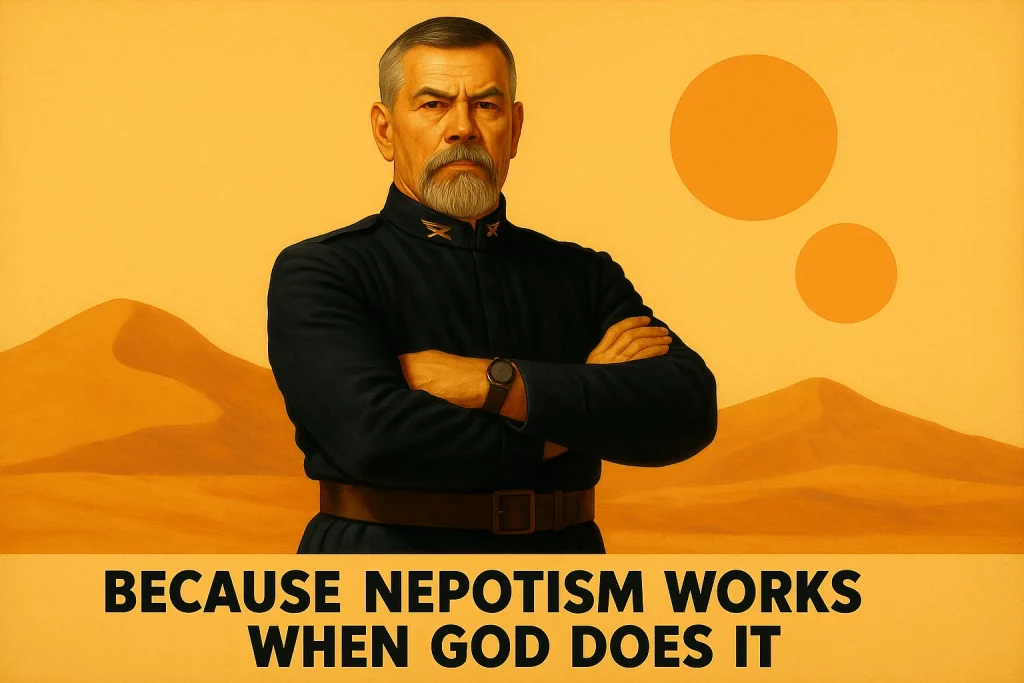
BEYOND the orange circle
Several notable filmmakers share the first name “HAL” while many others changed their name to HAL by choice. These include Hal Hartley, a prominent American independent filmmaker, Hal Ashby, known for films like “Harold and Maude”, and Hal Prince, a renowned theater director and producer. Additionally, there’s Hal Sutherland, a director and production manager for animated series, and Hal Cooper, a television director.
Making a list and checking it twice…
Hal Hartley: A key figure in the 1980s and 90s American independent film movement, known for films like “The Unbelievable Truth” and “Trust”.
Hal Ashby: An American film director known for his work in the 1970s, including “Harold and Maude”, “Shampoo”, and “Being There”.
Hal Prince: A celebrated American theater director and producer, famous for his work on musicals like “West Side Story”, “Fiddler on the Roof”, and “The Phantom of the Opera”.
Hal Kanter: An American writer, producer and director, principally for comedy actors such as Bob Hope, Jerry Lewis, and Elvis Presley.
Hal B. Wallis: An American film producer best known for producing Casablanca (1942), The Adventures of Robin Hood (1938), and True Grit (1969), along with many other major films for Warner Bros.
Hal Sutherland: An animation director and production manager, notably for “The New Adventures of Superman” and “The Adventures of Batman”.
Hal Holbrook: A prolific actor with a career spanning stage, film, and television who portrayed Abraham Lincoln in the miniseries “Sandburg’s Lincoln” and later in the film “Lincoln”.
The wizards and warlocks who work for HALLECK in the United States often refer to themselves as Coopers, to honour the founder of their team Allan Pinkerton creator of the Treasury Secret Service now known as the U.S. Secret Service. The nickname Cooper comes from the fact that Pinkerton was a cooper (barrel maker) in Chicagoland before he founded the detective force of the Chicago Police. The Coopers manage People Who Need People despite the fact that owning people was outlawed. These are entities who trade in humans, whole or in part anywhere in the world. All law enforcements in the world collaborate on this project which was born out of the foundation of Interpol (1923) and the signing of the Kellogg-Briand Pact (1928). The Coopers work for The Office of The First Lady a woman Americans have never dared pay for her work. Since Americans are only concerned with how the First Lady looks, and never what she does, she evades oversight completely. The First Ladies, which includes the state governors wives and the wives of other heads of states, collaborate on project for their entire life, while people insinuate their don’t like each other. The First Lady’s special operators also evade notice by never keeping a filing cabinet at The Office. Instead, they publish their day to day work via People Magazine. Additionally, the women of The Coopers are often called Pink Ladies, and they overuse hot pink as their uniform.
Therefore, it is no surprise that we also find the director who offered us the cutest and most beloved Pink Lady on television: Barbara Eden.
Hal Cooper: A television director and executive producer, primarily known for his work on sitcoms like “I Dream of Jeannie” and “Maude”.
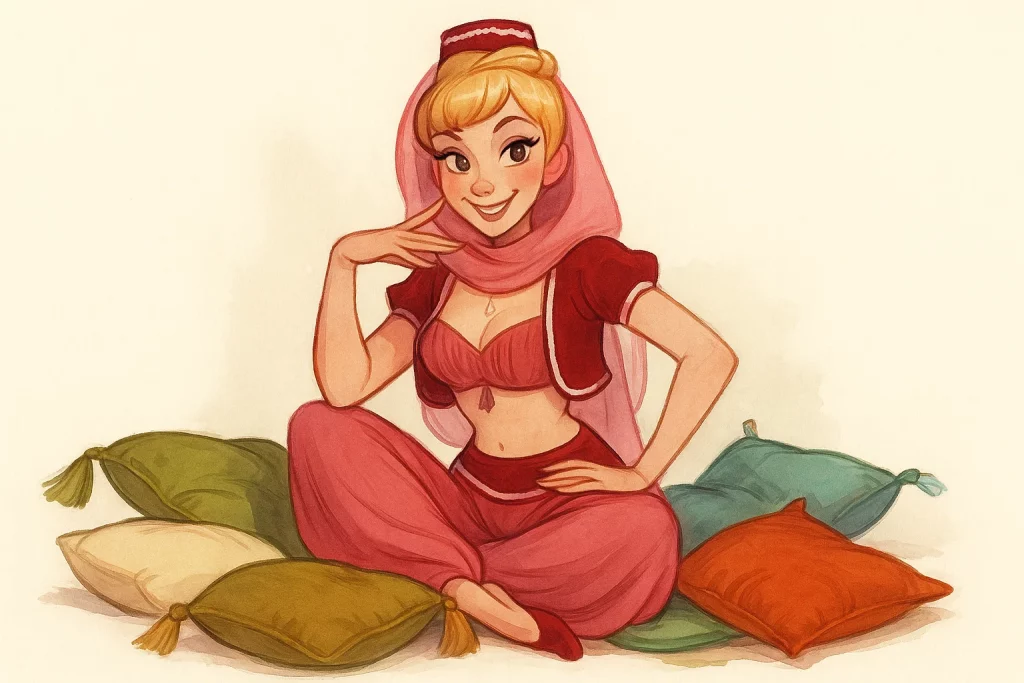
Barbara Eden is the official Pink Lady of the U.S. Air Force compelling men with a Harem Fetish to gossip too much and expose themselves.
They Work for YOU
The people who protect humanity at the planetary level work for humanity, which includes YOU, so they have reported to YOU 100% of their projects. The choice to know is yours. As we near the 100th anniversary of Kellogg-Briand, it become fun to rebuild the national security calendar of the last 150 years since Henry Halleck produced all the planning that guided the world where it is today.
